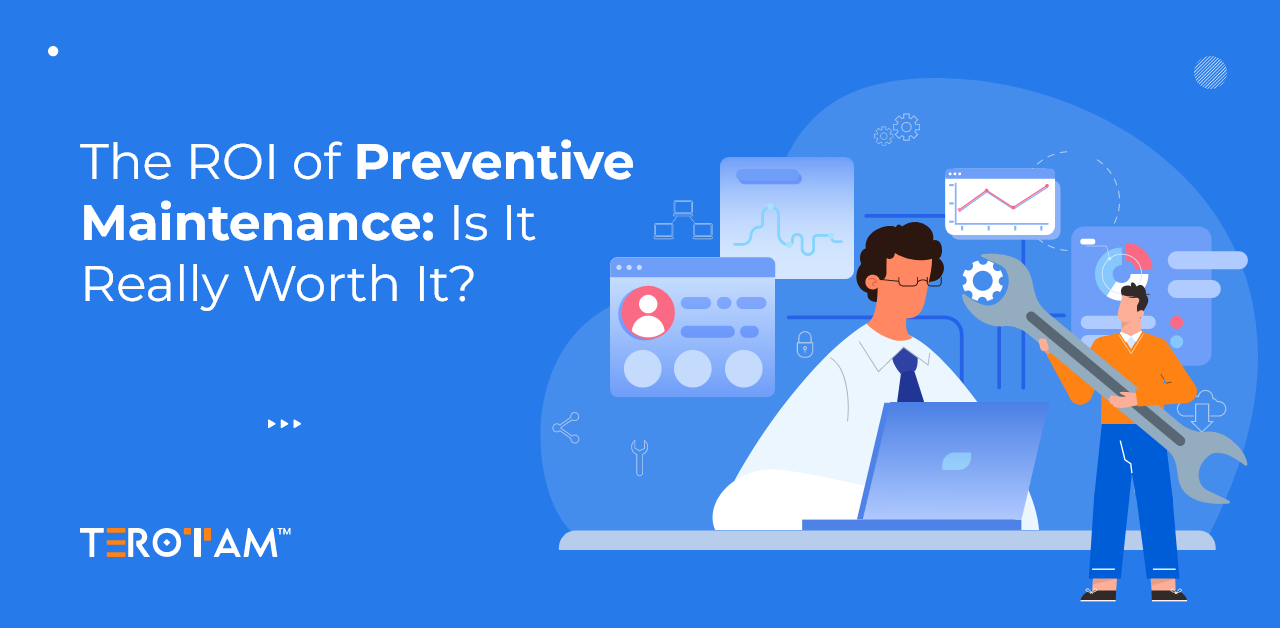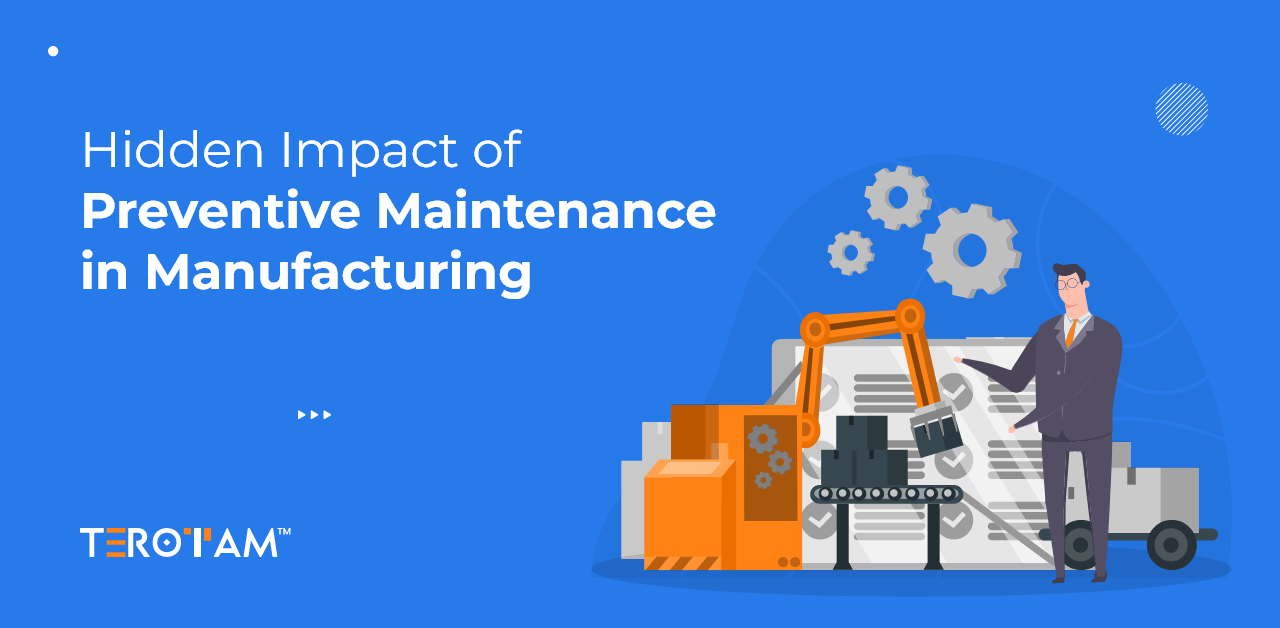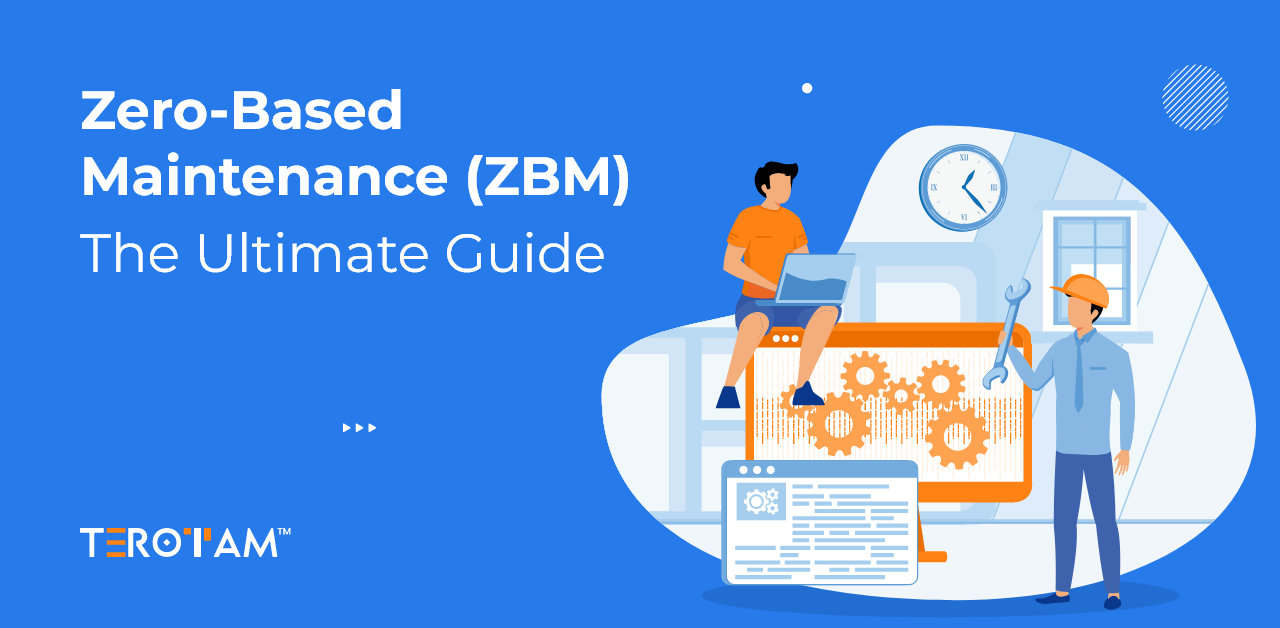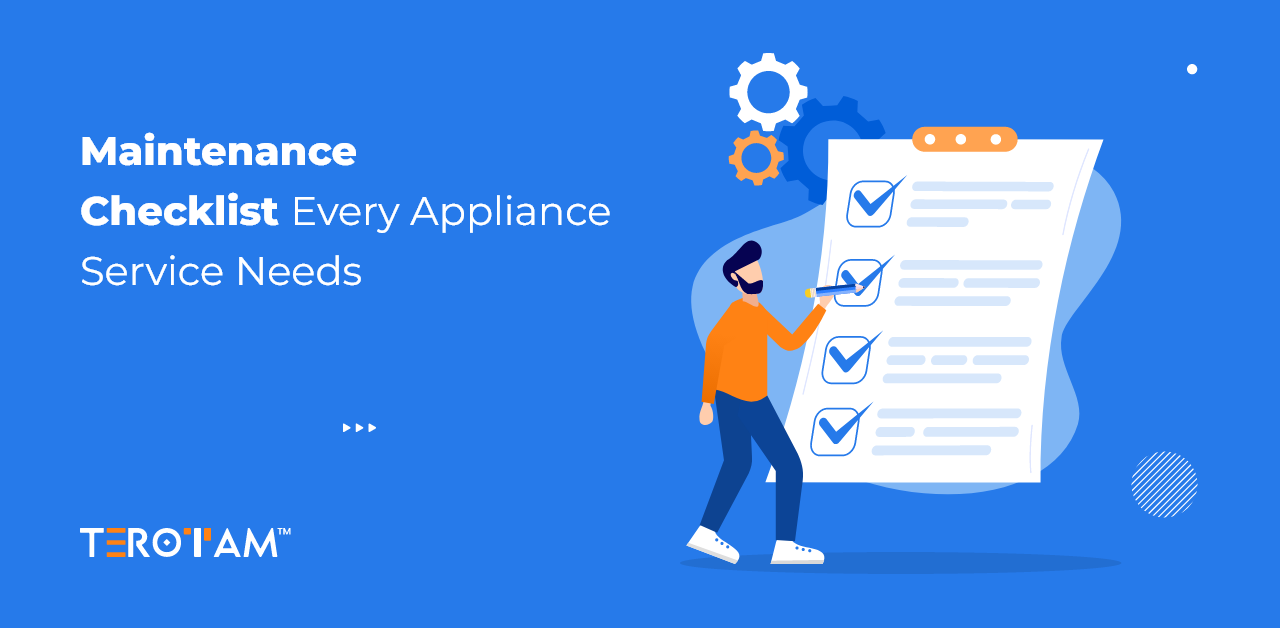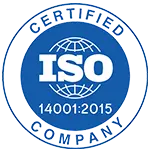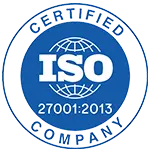Let’s be honest: in many plants, “preventive maintenance” sounds like corporate-speak for “more checklists.” You’ve probably heard the groans:
“We don’t have time for the PM—we’re too busy putting out fires.”
“That pump ran fine for 10 years without a lube job. Why fix what ain’t broke?”
But here’s the truth most spreadsheets won’t tell you: reactive maintenance isn’t cheaper—it’s just hidden. And those “fires” you’re fighting? They’re costing you far more than you think.
This isn’t a theory. It’s what we’ve seen on the floor, in refineries, food plants, warehouses, and manufacturing lines across the country. Let’s break down why a disciplined PM program isn’t a cost—it’s one of the highest-return investments you can make.
The Real Cost of “Run-to-Failure”
Before we talk about PM benefits, let’s talk about what happens when you don’t do it.
Imagine a critical conveyor bearing seized during the third shift. What actually happens?
- Production stops. Not just that line—downstream packaging, QA, shipping.
- You call in a tech on overtime (or worse, wait until morning).
- The bearing isn’t the only problem. The seized rotor took out the motor coupling, bent the shaft, and dumped product everywhere.
- Now you’re replacing $8K in parts instead of $200 in grease and a seal.
- And you missed a customer shipment. Again.
This isn’t an outlier. It’s Tuesday.
Industry data backs this up:
- Unplanned downtime costs U.S. manufacturers $50 billion annually (Deloitte).
- Emergency repairs cost 3–9x more than planned work (U.S. DOE).
60–70% of maintenance spending in reactive shops goes to emergencies—not improvements.
You’re not just fixing machines. You’re constantly patching holes in a sinking ship.
What Good Preventive Maintenance Actually Does
PM isn’t about blindly changing oil every 3 months. Done right, it’s structured reliability. Here’s what it delivers—on the ground:
Fewer than 3 a.m. Fire Drills
When you catch a worn belt, a loose coupling, or low oil before it fails, you avoid the scramble. Techs work regular hours. Supervisors sleep. Production hits targets.
Lower Total Cost of Ownership
Yes, the PM uses labor and parts. But compare:
- PM Cost: 2 hours labor + $150 in parts = $350
- Reactive Cost: 6 hours OT labor + $2,200 in damaged parts + 8 hours downtime @ $1,200/hr = $12,550
That’s not savings—it’s survival.
Longer Asset Life
A motor on a PM schedule (cleaned, aligned, lubricated, thermally scanned) can easily run 15–20 years. One run to failure? Maybe 7–8. That defers a $25K capital replacement—for free.
Safer Operations
Loose guards, frayed cables, leaking hydraulics—PM inspections catch these before someone gets hurt. Safety isn’t just compliance; it’s keeping your team whole.
Better Data = Smarter Decisions
When your CMMS shows “Bearing X fails every 14,000 hours,” you stop guessing. You plan. You stock the right spares. You negotiate better with vendors. You know.
We get it. Bad PM programs breed cynicism. Here’s why they fail—and how to fix them:
| Pitfalls | Why does it fail? | How to fix it? |
| PMs based only on calendar | Ignores actual runtime (e.g., a machine running 24/7 vs. 8 hrs/day) | Use meter-based triggers(hours, cycles, tons produced) |
| Checklists with no purpose | “Lubricate” without specifying what,how much, or why | Task-specific procedures with torque specs, grease types, inspection points |
| No feedback loop | Techs find issues but nothing changes | Close the loop: If a PM reveals a design flaw, escalate it |
| Too many low-value PMs | Wasting time on non-critical assets | Do a criticality assessment—focus on what actually hurts when it breaks |
| Paper-based chaos | Lost work orders, no history, double-work | Use a simple CMMS(even basic cloud tools like Limble or Fiix pay for themselves fast) |
How to Calculate Your PM ROI?
You don’t need a complex model. Track these 3 things for one critical asset over 6 months:
- PM Cost:
(Labor hours × hourly rate) + parts used - Avoided Failure Cost:
Estimate what would have happened if it failed:
(Downtime hours × cost/hr) + emergency repair cost + scrap cost - ROI Formula:
[(Avoided Cost – PM Cost) ÷ PM Cost] × 100
Real Example (From a Food Plant):
- Asset: Pasteurizer feed pump
- PM Cost (6 months): $420 (2 hrs labor + seals/grease)
- Last Failure Cost: $18,500 (4 hrs downtime @ $3,200/hr + $4,200 parts + $1,500 cleanup)
- ROI: [($18,500 – $420) ÷ $420] × 100 = **4,300%**
That’s not a typo. One $420 PM task prevented an $18.5K disaster.
The Bottom Line for Different Roles
- For Techs: PM means fewer emergencies, safer work, and pride in keeping things running right.
- For Supervisors: Fewer firefighting calls, better planning, and metrics that show your team’s value.
- For Plant Managers: Higher OEE, lower maintenance spend as % of replacement asset value (RAV), and capital deferral.
- For Executives: PM directly protects EBITDA by reducing waste, downtime, and risk.
Summing it up
Preventive maintenance earns its keep when it keeps your critical assets running and your team off the emergency clock. That only happens when tasks are purposeful, based on how equipment actually fails, and tied to real operational impact—not arbitrary schedules.
Start with the machines that hurt most when they go down. Do the right work at the right time. Measure what changes. That’s how PM becomes a lever, not a line item.
If you’re ready to build a maintenance strategy that delivers measurable results, get in touch at contact@terotam.com


